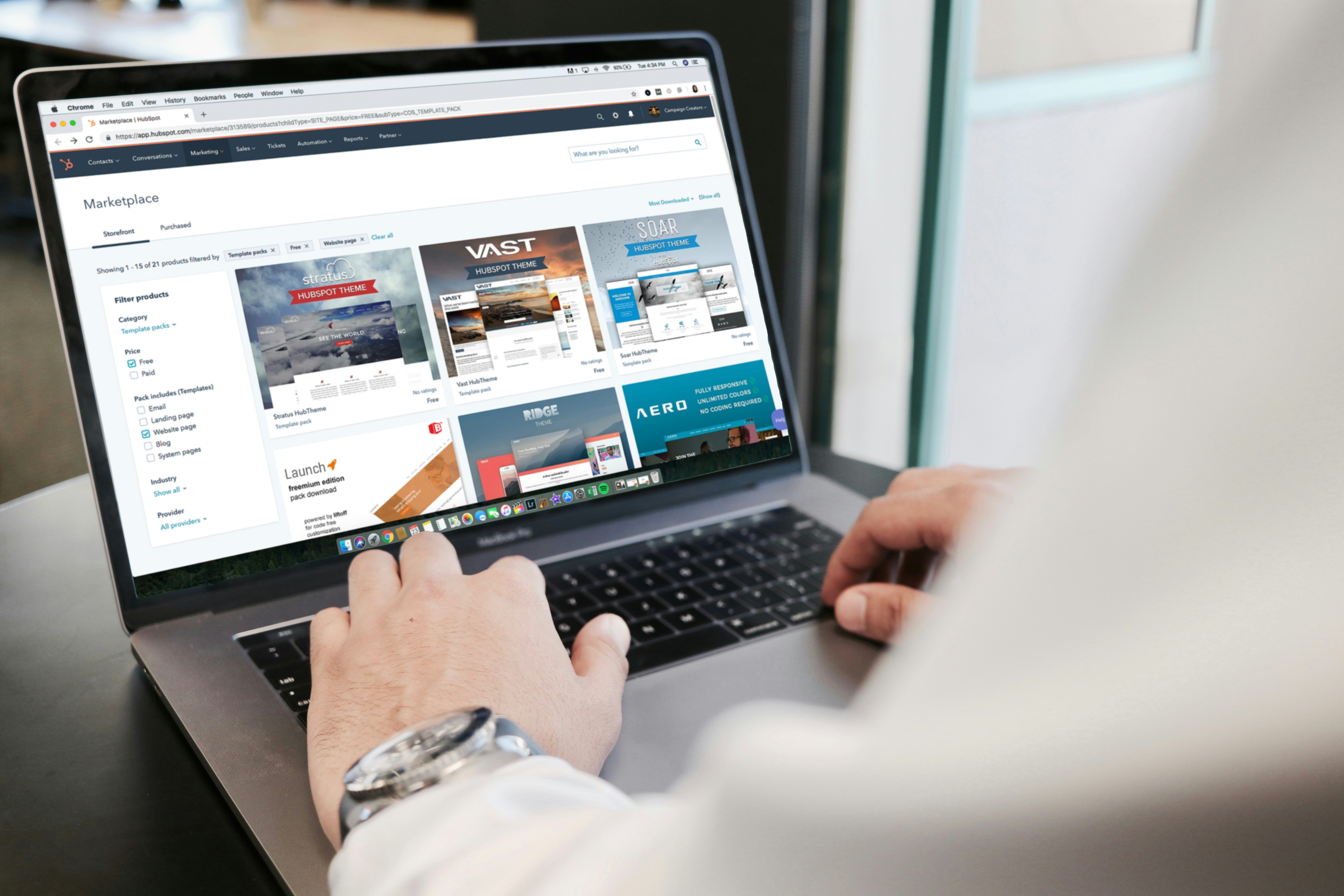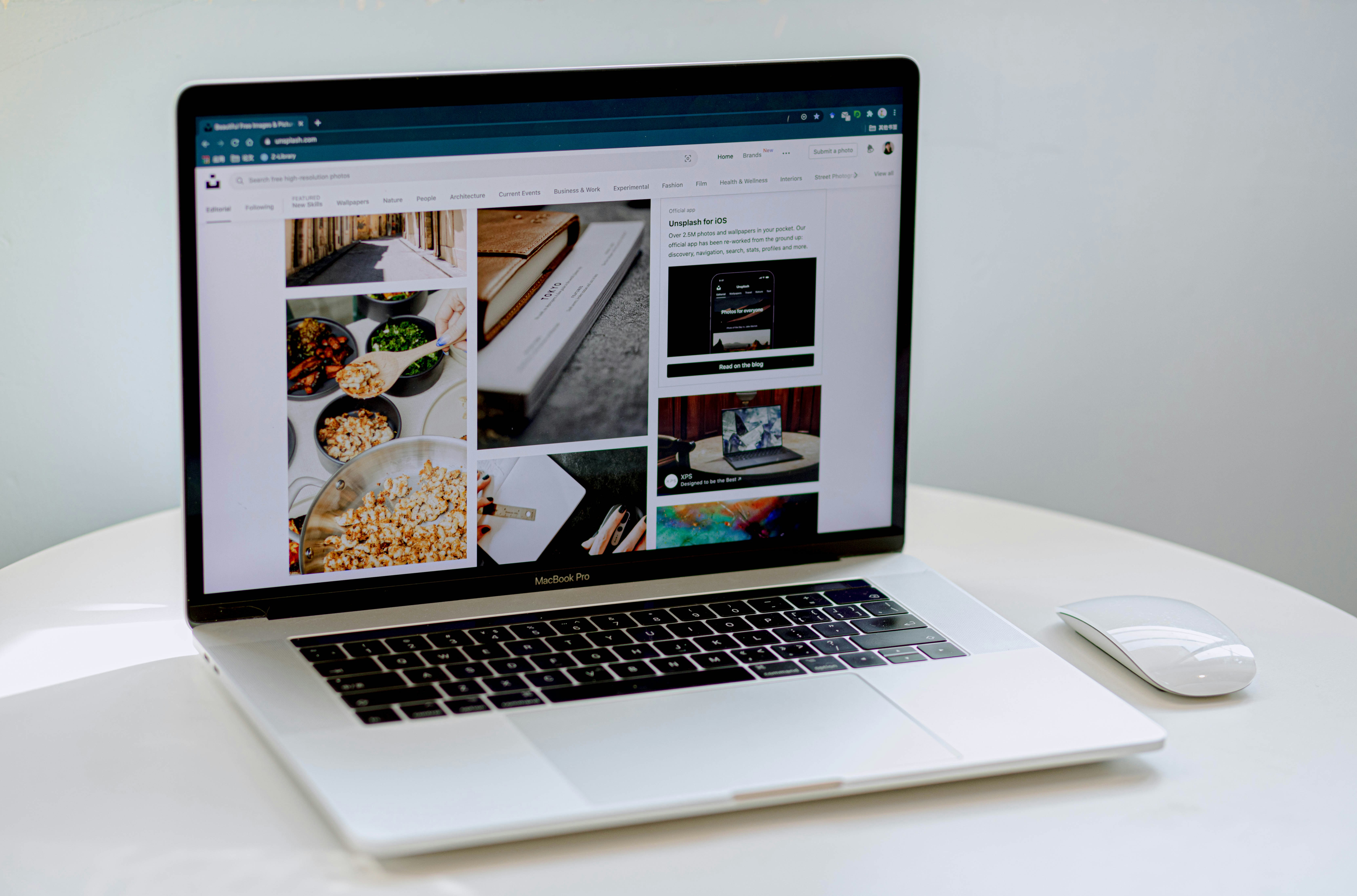Instead of abrupt starts and stops, easing functions create a sense of acceleration and deceleration. Use ease-in for gradual starts and ease-out for soft landings.

Making Motion Work for UI Design
Motion should serve a purpose—whether it’s drawing attention, providing feedback, or making navigation smoother.
Master Easing for Natural Flow: Easing functions like ease-in-out mimic the way objects move in the real world, making animations feel fluid rather than mechanical.
Use Keyframes to Tell a Story: A simple movement can be enhanced with keyframes that introduce rotations, bounces, or gradual scaling effects.
Integrate Motion into User Interactions: Animations triggered by clicks, drags, or hovers add an extra layer of engagement and responsiveness.
Improve Navigation with Scroll-Based Animation: Content that appears dynamically as users scroll creates a sense of flow and progression.
When used thoughtfully, animation enhances both aesthetics and functionality.

Animations should feel purposeful, guiding users through interactions in a way that feels intuitive and engaging.
Easing for Smooth Transitions: Avoid abrupt movements by using easing functions that slow down motion naturally.
Keyframes for Layered Motion: Multi-step animations make interactions feel richer, adding depth and personality to UI elements.
Motion-Enhanced Interactions: Buttons that expand on hover or elements that react to drag movements make the experience more immersive.
Scroll-Based Motion for Dynamic Layouts: Content that loads progressively as users scroll creates a more engaging experience.
Instead of abrupt starts and stops, easing functions create a sense of acceleration and deceleration. Use ease-in for gradual starts and ease-out for soft landings.

Making Motion Work for UI Design
Motion should serve a purpose—whether it’s drawing attention, providing feedback, or making navigation smoother.
Master Easing for Natural Flow: Easing functions like ease-in-out mimic the way objects move in the real world, making animations feel fluid rather than mechanical.
Use Keyframes to Tell a Story: A simple movement can be enhanced with keyframes that introduce rotations, bounces, or gradual scaling effects.
Integrate Motion into User Interactions: Animations triggered by clicks, drags, or hovers add an extra layer of engagement and responsiveness.
Improve Navigation with Scroll-Based Animation: Content that appears dynamically as users scroll creates a sense of flow and progression.
When used thoughtfully, animation enhances both aesthetics and functionality.

Animations should feel purposeful, guiding users through interactions in a way that feels intuitive and engaging.
Easing for Smooth Transitions: Avoid abrupt movements by using easing functions that slow down motion naturally.
Keyframes for Layered Motion: Multi-step animations make interactions feel richer, adding depth and personality to UI elements.
Motion-Enhanced Interactions: Buttons that expand on hover or elements that react to drag movements make the experience more immersive.
Scroll-Based Motion for Dynamic Layouts: Content that loads progressively as users scroll creates a more engaging experience.
Instead of abrupt starts and stops, easing functions create a sense of acceleration and deceleration. Use ease-in for gradual starts and ease-out for soft landings.

Making Motion Work for UI Design
Motion should serve a purpose—whether it’s drawing attention, providing feedback, or making navigation smoother.
Master Easing for Natural Flow: Easing functions like ease-in-out mimic the way objects move in the real world, making animations feel fluid rather than mechanical.
Use Keyframes to Tell a Story: A simple movement can be enhanced with keyframes that introduce rotations, bounces, or gradual scaling effects.
Integrate Motion into User Interactions: Animations triggered by clicks, drags, or hovers add an extra layer of engagement and responsiveness.
Improve Navigation with Scroll-Based Animation: Content that appears dynamically as users scroll creates a sense of flow and progression.
When used thoughtfully, animation enhances both aesthetics and functionality.

Animations should feel purposeful, guiding users through interactions in a way that feels intuitive and engaging.
Easing for Smooth Transitions: Avoid abrupt movements by using easing functions that slow down motion naturally.
Keyframes for Layered Motion: Multi-step animations make interactions feel richer, adding depth and personality to UI elements.
Motion-Enhanced Interactions: Buttons that expand on hover or elements that react to drag movements make the experience more immersive.
Scroll-Based Motion for Dynamic Layouts: Content that loads progressively as users scroll creates a more engaging experience.
Related Blogs
Related Blogs
Related Blogs
Get access to our entire library for one low price!
Unlock the full potential of your designs with a membership that offers unlimited access to thousands of designs.
Get access to our entire library for one low price!
Unlock the full potential of your designs with a membership that offers unlimited access to thousands of designs.
Get access to our entire library for one low price!
Unlock the full potential of your designs with a membership that offers unlimited access to thousands of designs.
Frequently Asked Questions
SermonScreens.com has a subscription that will meet you where you’re at. Each plan includes unlimited access, but you decide how much customization you're comfortable doing yourself.
Frequently Asked Questions
SermonScreens.com has a subscription that will meet you where you’re at. Each plan includes unlimited access, but you decide how much customization you're comfortable doing yourself.
Frequently Asked Questions
SermonScreens.com has a subscription that will meet you where you’re at. Each plan includes unlimited access, but you decide how much customization you're comfortable doing yourself.
Are there any contracts or commitments required?
There are no contracts with a SermonScreens Basic or VIP membership, however there are expanded privileges for members that have made an annual commitment, along with additional savings. In order to encourage appropriate usage and still be able to offer a monthly price there is a limit on the number of downloads that a monthly member can make. If you are interested in a Done-For-You package, we do require an annual commitment, however there is still a monthly payment option.
Can I request changes or custom graphics?
Each of our designs include the source files so that you can make changes. You can also use the online designer. If you'd like for us to make changes to a design that's already on our site, one of our Done-For-You packages would probably be a better fit!
Can you tell me what font you used on a design?
Yes! You can upgrade or downgrade your plan at any time. Changes take effect immediately, and any price adjustments are prorated based on your billing cycle.
Can I make changes to a design myself?
Yes. You can. There are several ways to make changes, utilizing the included source files offers the most flexibility. The online designer is the easiest and fastest for novice users.
Are there any contracts or commitments required?
There are no contracts with a SermonScreens Basic or VIP membership, however there are expanded privileges for members that have made an annual commitment, along with additional savings. In order to encourage appropriate usage and still be able to offer a monthly price there is a limit on the number of downloads that a monthly member can make. If you are interested in a Done-For-You package, we do require an annual commitment, however there is still a monthly payment option.
Can I request changes or custom graphics?
Each of our designs include the source files so that you can make changes. You can also use the online designer. If you'd like for us to make changes to a design that's already on our site, one of our Done-For-You packages would probably be a better fit!
Can you tell me what font you used on a design?
Yes! You can upgrade or downgrade your plan at any time. Changes take effect immediately, and any price adjustments are prorated based on your billing cycle.
Can I make changes to a design myself?
Yes. You can. There are several ways to make changes, utilizing the included source files offers the most flexibility. The online designer is the easiest and fastest for novice users.
Are there any contracts or commitments required?
There are no contracts with a SermonScreens Basic or VIP membership, however there are expanded privileges for members that have made an annual commitment, along with additional savings. In order to encourage appropriate usage and still be able to offer a monthly price there is a limit on the number of downloads that a monthly member can make. If you are interested in a Done-For-You package, we do require an annual commitment, however there is still a monthly payment option.
Can I request changes or custom graphics?
Each of our designs include the source files so that you can make changes. You can also use the online designer. If you'd like for us to make changes to a design that's already on our site, one of our Done-For-You packages would probably be a better fit!
Can you tell me what font you used on a design?
Yes! You can upgrade or downgrade your plan at any time. Changes take effect immediately, and any price adjustments are prorated based on your billing cycle.
Can I make changes to a design myself?
Yes. You can. There are several ways to make changes, utilizing the included source files offers the most flexibility. The online designer is the easiest and fastest for novice users.


























